Poetry moves me, possibly too much. As a teenager, I memorized the poems I loved most, and by 28 I had “MORE POETRY!!!” (exclamation points included) tattooed on my left forearm. There are still poems today that I can’t hear a line of without whispering the couplet’s end.
One could simply psychologize this sentiment—and not entirely without merit. I often associate poems with places or people from my youth whom I have loved or whom I miss. Sometimes, the private and personal world of a poet resonates with our private and personal stories as a kind of parallel pathos. And yet under this theory of poetry, whatever sublimity is suggested by, say, the rose garden in Eliot’s “Burnt Norton,” or the port in Tennyson’s “Ulysses,” might be regarded as just an emotional response, as consonant imagery or careful craft.
Not so in Charles Taylor’s view. The Canadian philosopher’s latest book, Cosmic Connections: Poetry in an Age of Disenchantment, is at once a meticulously precise examination of Romantic and post-Romantic poetry and, more ambitiously, an urgent call for what we might refer to as “poetic realism.” If poetry moves us, Taylor suggests, it’s not primarily because it strikes our individual fancy. Rather, his book makes the case that there is some truth to poetry—indeed, in language itself—to which reverential awe is not just an option but a necessity. There is, for Taylor, a there, there.
Over the past few decades, Taylor’s commitment to that “there” has made him one of the world’s leading theorists of modernity. Blending political and philosophical history from a Catholic perspective, Taylor attempts to help us understand modern man from the inside out, to consider how historical accounts of the self and God are inextricable. His best-known earlier books, including 1989’s Sources of the Self and 2007’s A Secular Age, are ambitious and expansive. They beautifully trace a historical narrative from the “porous,” pre-Enlightenment self in constant dynamism with an “enchanted” world (i.e. one open to religious experiences), to the “buffered” self of modernity which rigorously controls our metaphysical boundaries. His works have argued for a more expansive notion of the “disenchanted” vision of secular modernity (as argued, for example, by the sociologist Max Weber), for a new and deeply spiritualized theology of self-expression.
But is poetry merely an outcropping of that expression? Or can it offer us a vision of something outside the self?
Poetry, in Taylor’s reading, is not merely meant to (imperfectly) capture reality. If we respond to Wordsworth’s “Tintern Abbey”—among the poems Taylor highlights most frequently—it is not just because we are biologically drawn to the musicality of Wordsworth’s syllables or the imagery of “a presence that disturbs me with the joy / of elevated thoughts, far more deeply interfused / whose dwelling is the light of setting suns.” Rather, we’re drawn to the poem because we recognize as human beings that such a presence exists and that poetry has the capacity to reveal it. It does so not just through description (as Wordsworth indeed does), but through what Taylor calls “symbolic disclosure.”
But it’s difficult to realize this symbolic disclosure in the contemporary world. Why? Because we in this seemingly secular age are accustomed to affirming that we cannot meaningfully “know” what stands beyond the sublime—meaning that which upends our cognitive faculties through awe—or have access to a vision of a connected cosmos through anything but scientific, materialist truth. At best, we can consider Wordsworth’s stated encounter with “a presence” as a reasonable enough experience that may or may not concord with our own.
Yet, although we may not be able to know much about the sublime, Cosmic Connections challenges us to consider a poetics predicated on a robust sense of its meaningfulness—indeed, its reality. Taylor asks (referencing the more straightforward biological needs for air and water): “Are there human meanings which are founded on facts about their ecological niche comparably ‘objective’ to the facts which found life meanings?” In other words, can our account of the cosmos take seriously not only, say, the laws of gravity or magnetism, but also a picture of the world “shot through with joy, significance, inspiration?”
Taylor thinks so. Drawing on the work of the German sociologist Hartmut Rosa, he proposes that we add to our poetics an account of what he calls “resonance”: a deep, morally felt sense that our emotional response to great art is a kind of answer to a cosmic call, one that originates not from our respective psyches but from the world itself. For Taylor, this call places us in what he labels an “interspace,” or the felt site of an “emotion with its intentional object, a felt experience with the depth dimension of value.”
That it is all but impossible to discern the nature of that cosmic call preoccupied the 19th-century Romantics as much as it does for Taylor now. In his telling, earlier poetic and theological traditions—those that preceded the Enlightenment, here as elsewhere in Taylor a historiographical volta—took as writ a (in the case of Western Europe, specifically Christian) vision of the cosmos as divine creation. The understanding then was that if we failed to grasp the connected cosmos, it was not because there was no connection to grasp, but rather because the fallen, sinful nature of the world had made it less legible and made us less able to see. For Taylor, both are true for us today; the “text” of the world in our time has degraded and our eyesight has failed.
Yet Cosmic Connections argues that the Romantic poets present us with a different vision of reality, one with a greater place for artistic subjectivity. It is not merely the case that these poets writing about the sublime must use what Taylor (following critic Earl Wasserman, himself quoting the Romantic Percy Shelley) calls the “subtler languages” of individual insight, rather than utilizing the shared tapestry of established allegorical meaning. In Taylor’s telling, the Romantics saw the act of artistic expression itself as a kind of active co-creation of a cosmos conceived not as a static unity, divorced from the temporal, but as a dynamic reality, unfolding in and through time.
To find truth in poetic language is also to create truth, to reveal, in the expressive act, something that only the expressive act itself could make manifest. “We do not just register,” when writing poetry, Taylor argues. “We re-create the meanings of things, and in doing so, draw on our own characteristic powers.” Poetic realism, in other words, makes room for both real meaning outside us and a distinctly human role in participating in—but never single-handedly determining—that meaning.
It is a heady prospect. In effect, Taylor argues that our characteristic powers as human beings lie in our poetic abilities, our capacity to engage as creative beings in a world we are constantly changing even as—and indeed because—we are constantly trying to describe it. Although he dedicates the bulk of Cosmic Connections to the literary history of this idea, rather than its philosophical ramifications, it’s clear that Taylor has great sympathy for it.
Yet, since the heyday of Taylor’s Romantics, we have seen their vision of divine humanity—our godlike power to make reality in the image of what we say we see—used in the service not of aesthetic realism, but in aesthetic nihilism. It is possible to see in the quixotic visions of Wordsworth’s sublime and Shelleys’ subtler languages a forerunner of the Nietzschean, and post-Nietzschean, obsession with the artistic mage, in which humanity does not merely co-create with God but usurps Him altogether, with language operating as man’s most useful magical tool. In this distinctly contemporary strain of thought—ubiquitous in so much of our shared cultural, literature, and theological life of 2024 America—the idea that poetry might be something more than an occasion for a personal psychological response seems implausible.
At times, Taylor’s evident sympathy for his subjects occludes this concern, leaving the majority of Taylor’s implicit ire for (as in his other books) a somewhat reductionist vision of the Enlightenment as the triumph of brutal, mechanistic reason over subtler forms of knowing. For Taylor, Enlightenment knowledge is equated with a vision of the universe in which rational man stands over and against nature, alienated by his desire for mastery. In Taylor’s Enlightenment, philosophical inquiry tends to come across like that of Baron d’Holbach, the atheist philosopher who joyfully treated man, and his world, as mere machines—explicable and controllable through logic alone.
But it is an account that risks eliding differences between Enlightenment philosophers, ignoring in particular the Scottish Enlightenment, whose proponents tended to stress human affective reason as constitutive of our humanity. For a proponent of the movement, Taylor might just be downplaying the spiritual element of its celebration of human freedom, untethered by constraints of biology, blood, or religion—constraints that, in the generational memory of so many Enlightenment philosophes, were associated with decadeslong bloodshed. The Romantic valorization of personal feeling, by contrast, is treated by Taylor as the natural and thoroughly understandable consequence of a generation’s quest to recover an integrated self from Enlightenment alienation, rather than as an intensification of that era’s obsession with the power of the individual.
Yet, while we can easily see in the Romantics influential forerunners of our contemporary obsession with personal subjectivity, Taylor’s account also challenges us to inhabit their aesthetic optimism. He wants us, I take it, to be open to the possibility that even after the collapse of a shared concept of the cosmos, artistic experience of the sublime is evidence not just of the profundity of our own souls but of the strength and depth of some force, even as we approach, but can never reach, the full expression of what it is.
We humans answer a call we do not fully understand, and poetry—precisely because it can do what purely descriptive language does not—helps us to be more truthful about its source. There is something, at once independent from us and constitutive of who we really are, that makes the beautiful worth coupling with the true and the good. Maybe beauty really can save the world.
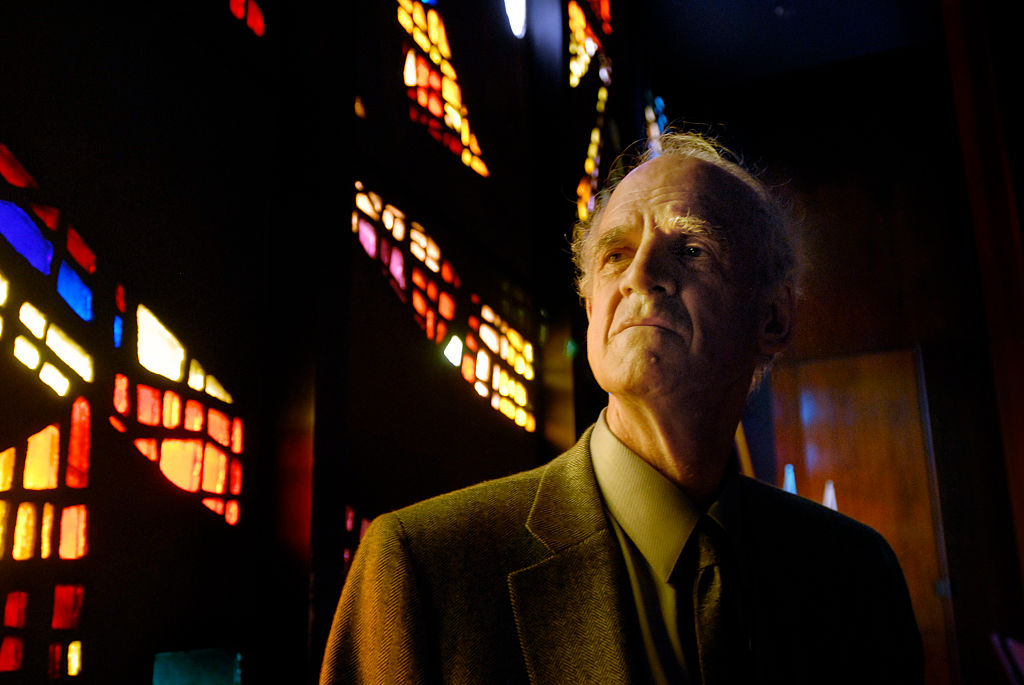
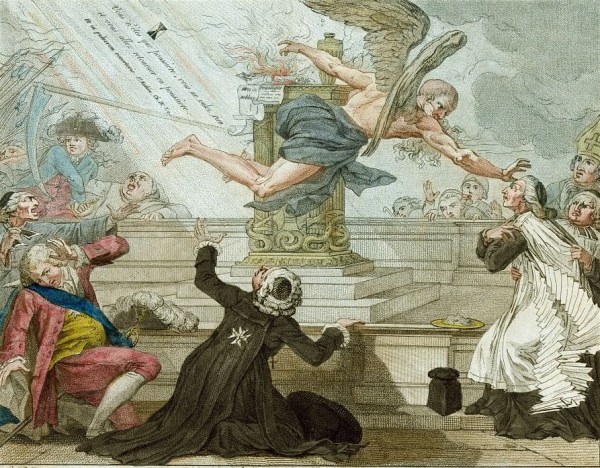
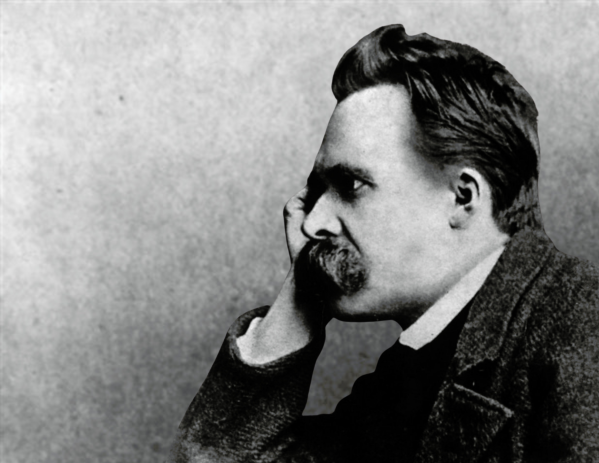
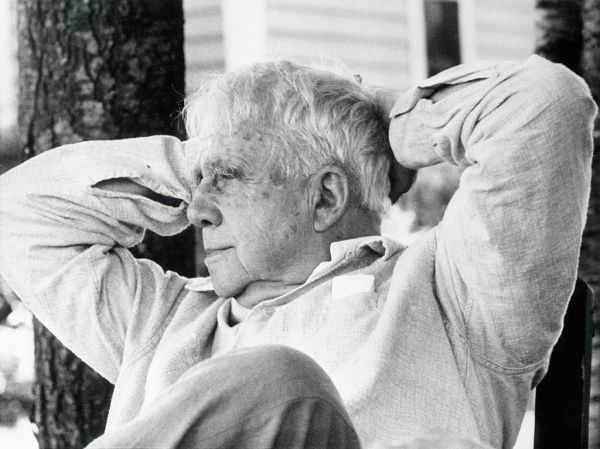

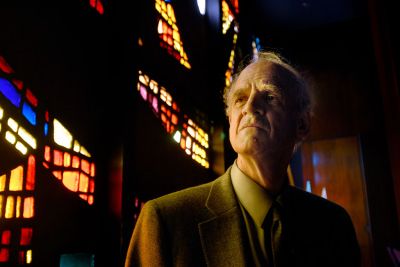
Please note that we at The Dispatch hold ourselves, our work, and our commenters to a higher standard than other places on the internet. We welcome comments that foster genuine debate or discussion—including comments critical of us or our work—but responses that include ad hominem attacks on fellow Dispatch members or are intended to stoke fear and anger may be moderated.
With your membership, you only have the ability to comment on The Morning Dispatch articles. Consider upgrading to join the conversation everywhere.